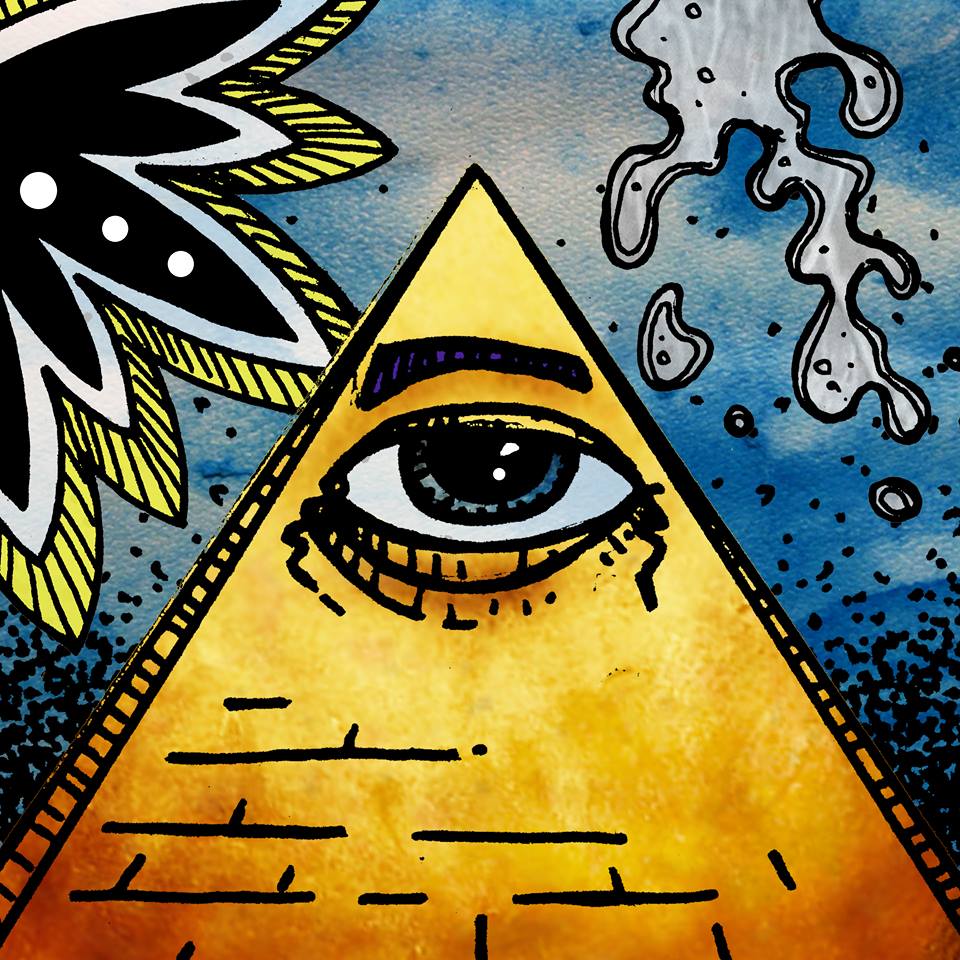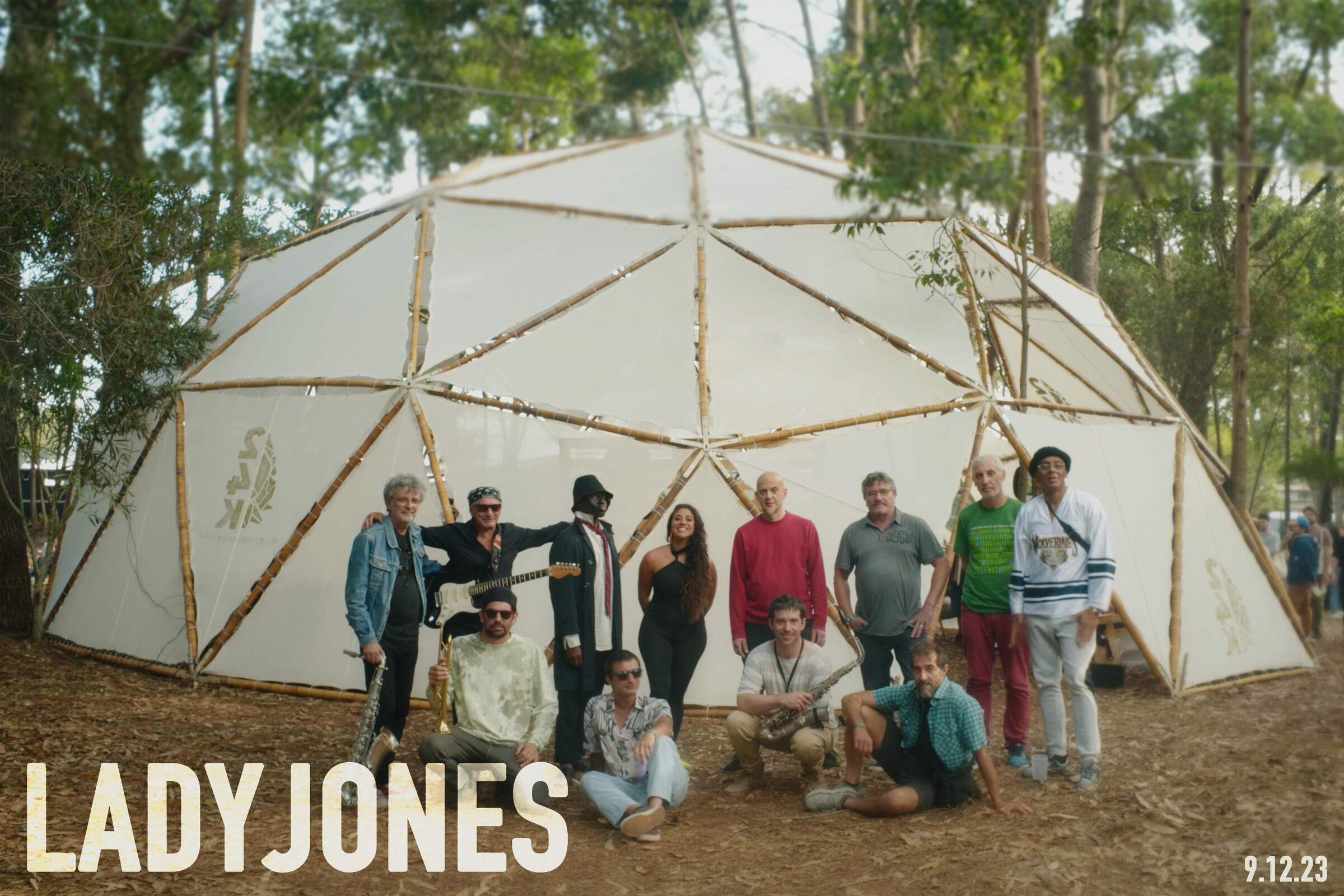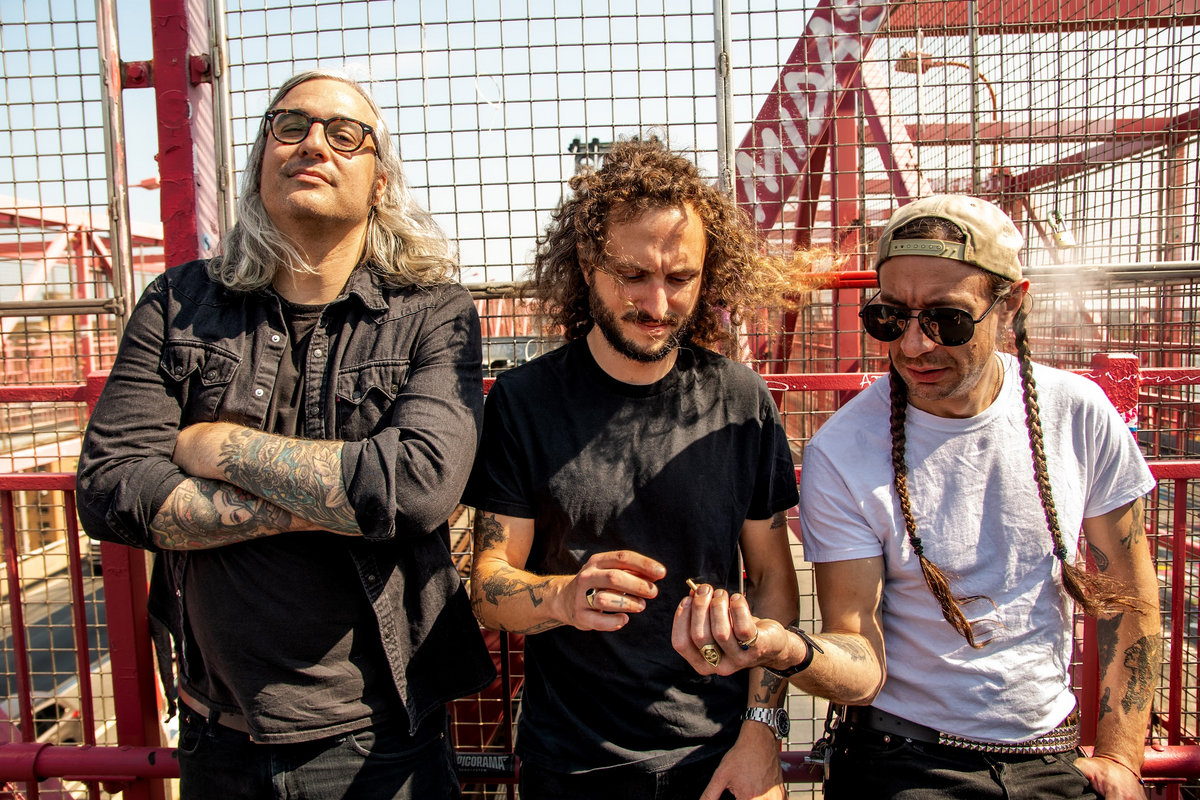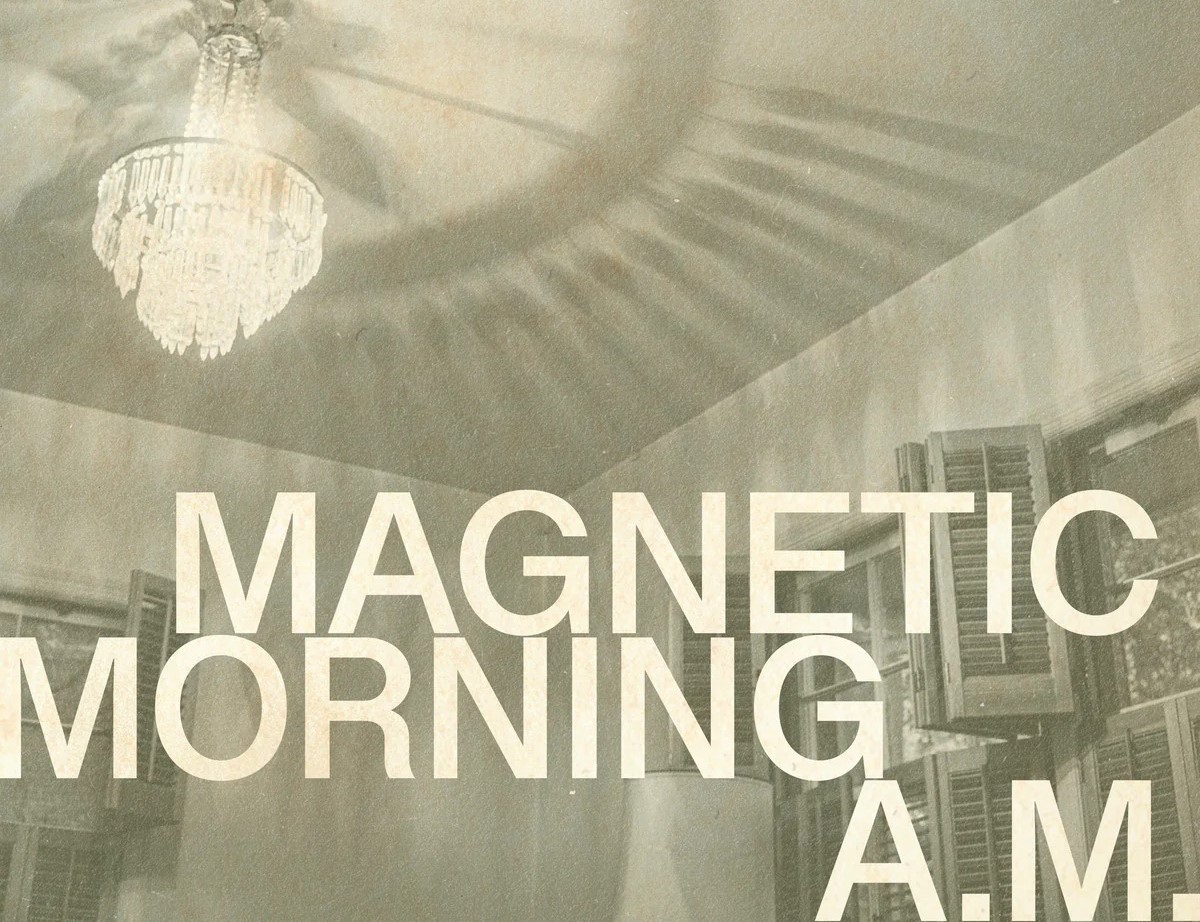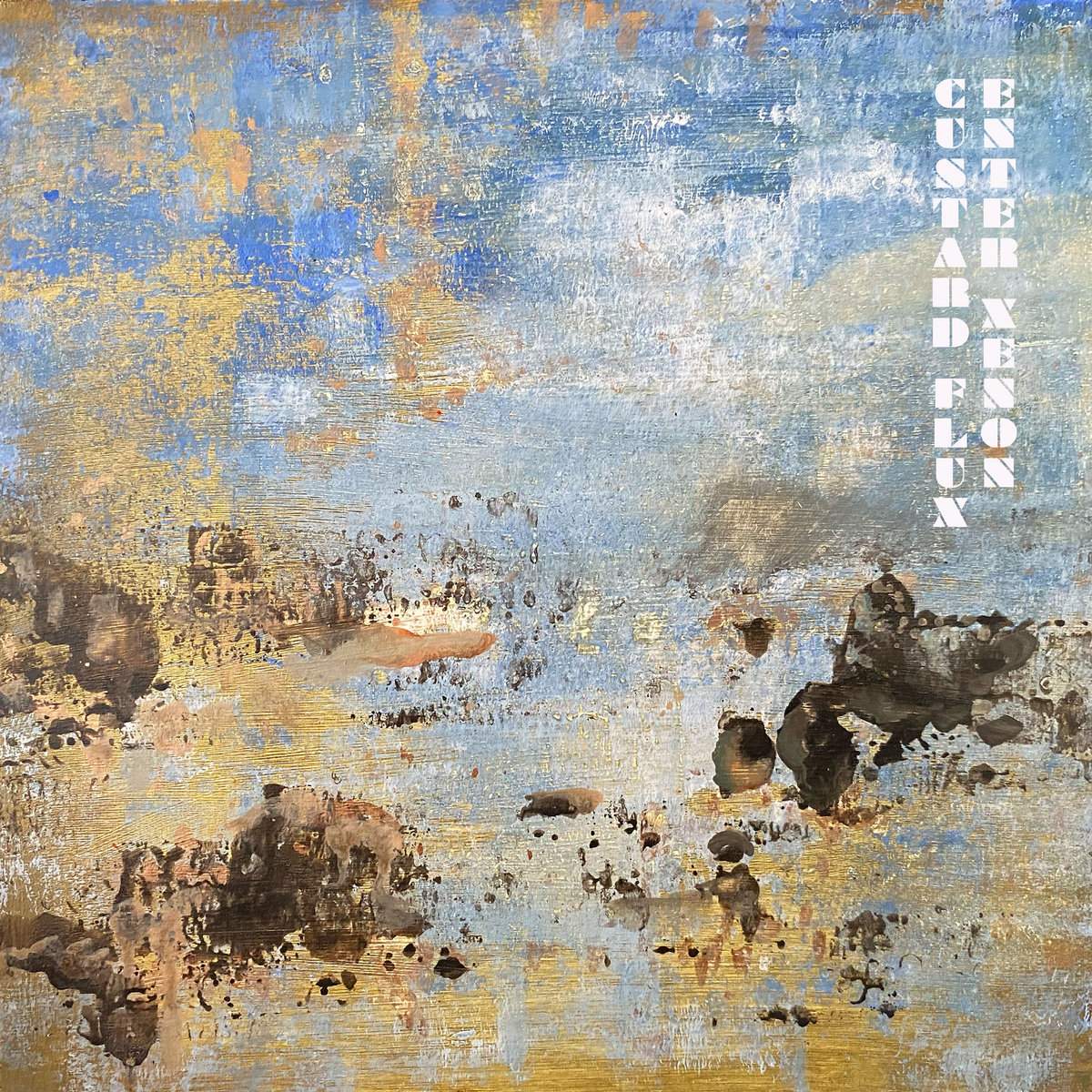Ladyjones | Interview | “Colors of Sounds and Shades”
For the first time ever, the elusive debut album ‘Aquemarropa’ by the Uruguayan candombe/jazz fusion band LadyJones is being reissued on vinyl.
Emerging from Montevideo, where the vibrant candombe culture of Barrios Sur y Palermo thrives, LadyJones is celebrated for its fusion of jazz, Afro-Latin rhythms, funk, and rock. Originally recorded in 1996 under the AYUI label and previously available only on CD, this album stands as a testament to its unique musical blend.
Led by composer and arranger Ricardo Tucuta Soto, Ladyones featured renowned Uruguayan musicians such as Chichito Cabral, Federico Britos, José Carbajal, José Bazan, Javier Olivera, Eduardo Elizalde, and others. The band made significant appearances at prestigious national and international events, including the Concert on the Melquíades Boat for Project Cargo 92 City of Nantes, the Montevideo Instrumental Music Festival (where they won first prize in 1995), the Auvenier Jazz Festival, the Orquestandombe Show in 1996 directed by Federico Garcia Vigil and the Philharmonic Orchestra, and the National Authors Cycle at the Nelly Goitiño in Montevideo in 1997.
Until recently, LadyJones had been inactive, with only Ricardo Soto’s project Tucuta Y Nyanzá continuing, featuring some LadyJones members. The band resumed activity with new members after sound engineer and technician Luis Restuccia remastered ‘Aquemarropa.’
This meticulously remastered reissue, sourced from the original tapes, is an essential vinyl for any music lover or collector interested in Latin American, and especially Uruguayan, music with Afro roots. It represents a generation with few surviving members and a style of music unlikely to be recreated.
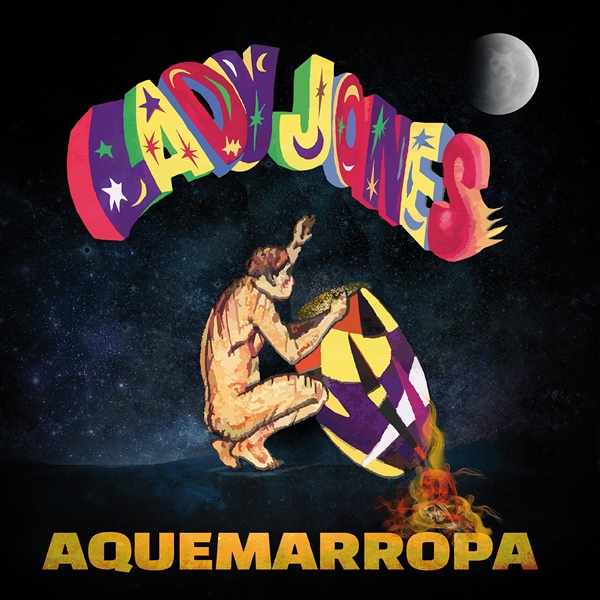
“…capturing the specific colors of sounds and shades”
Would love it if you could tell us how you first got interested in music.
Ricardo Tucuta: It all started when I was a little kid accompanying my father to his rehearsals. I was captivated by all the instruments, as any child would be. The influence of candombe in our neighborhood, “Barrio Sur” and “Palermo,” was very powerful, and my father was an important player, or “tocador” in Spanish. I started playing the tambor at the age of four. Although I tried to learn by attending rehearsals, it wasn’t until I was 19 that I started studying guitar and music became a serious pursuit.
Were you in any bands before the formation of LadyJones?
After receiving guitar instruction, I started working with international music orchestras. Before that, I played the tambor with typical orchestras, charanga groups, and popular music ensembles such as Pareceres, Dino Ciarlo, Chichito Cabral, and Yamandú Perez. All of this was with our “cuerda de tambores” (group of tambor players) from the neighborhood when we were 13 or 14 years old.
What can you tell us about other members of LadyJones and when did the band form?
The original members of LadyJones in the 90s were Mario Chilindron, Gabriel Estrada, Pedro Vergara, Javier Olivera, Eduardo Elizalde, Jose Pocho Bazán, Pippo Moris y Pumpido Moris, and Leonardo Manfrini. Later, some other friends started joining, such as Martin Ibarburu, Jorge Martinez, and Martin Ubersa. We changed some members due to work commitments, but this was essentially the team that recorded ‘Aquemarropa’ and other unreleased albums.
What was the overall vision with the band?
With LadyJones, we started getting together on Sunday afternoons because we all worked on weekends playing in different orchestras. Without the usual chaos of performing set pieces, we took it as a form of therapy. We gathered on Sundays to enjoy “asados,” drink some wine—a tradition here in Uruguay like a little feast—and then play music with friends, which was a great pleasure. This is how the band started and how the music we wanted to play began to manifest. Initially, it was free-flowing and abstract, but after about two years, it became more structured as we started writing the music of LadyJones. Around 1989-1990, we used to play Miles Davis, Hermeto Pascual, Edu Lobo, a lot of Brazilian and Uruguayan music, as well as Atahualpa Yupanqui and Paquito D’Rivera.
‘Aquemarropa’ got a really wonderful reissue, would love it if you could share some memories from recording that album.
This is a long chapter. We were very excited about recording the music that had been composed around ’92. I had five or six songs that we wanted to record all at once, and we were eager to get started. So, we went to the recording studio, and they suggested we record live, with nine musicians playing together in the studio, which was very spacious. The place had been recently remodeled, and I had participated in that remodeling. For our first recording, I had the idea of recording live.
Additionally, I replaced all the lights and bulbs in the studio with colorful ones, which drove the technician, Daniel Blanco, crazy. He said, “How are you going to change all the lights in the studio? The light does not appear on the recordings.” I replied, “Of course they do. The atmosphere, the magic of the music is transferred through sound and colors.” He looked at me like I was crazy, but I changed all the bulbs to colorful ones. This created a great atmosphere with lots of imagination, which is reflected in the music of ‘Aquemarropa.’
It was originally issued on CD-only, now it’s available on vinyl with remastered sound. It must feel great to have it in your hands. How would you compare the remaster sound to the original version and what do you think are some differences?
In the first mix and the initial analog master, the music had a lot of definition but was overloaded with high frequencies. It didn’t sound quite real—more like it was floating, detached from reality. In the second edition of the digital master around 2011, we cut some high frequencies and made the music sound more real and compact. We were really pleased with this sound.
With the vinyl edition, we finally achieved what we wanted from the beginning when we recorded ‘Aquemarropa’—for the listener to feel like the band is playing live on their record player. It was recorded with a lot of power, and this new mastering captures the real sound. We are very happy and pleased that this piece has taken on the color and atmosphere I talked about earlier. Thanks to Luis Restuccia and Oscar Pesano, who helped with the mastering in California, using technology that makes the sound very real.
How would you describe your sound?
Well, the sound of the music was conceived in front of the sea, near my house where there are rocks, fish, and birds. Composing in that environment, rather than at a desk, brings a special flight to the music. In that place, I began to incorporate colors into the sound to ensure the music could be played live afterward. The colors we added during recording were based on the music I imagined in my head, influenced by the sea, the rocks, and the birds.
This was the case with ‘Rambla y Ejido,’ ‘Candombe para Barbat,’ ‘Batea Tacuarí,’ and ‘Místico.’ All the music was created in the same place and recorded with a handheld recorder, capturing the specific colors of sounds and shades that were later restored in the studio.
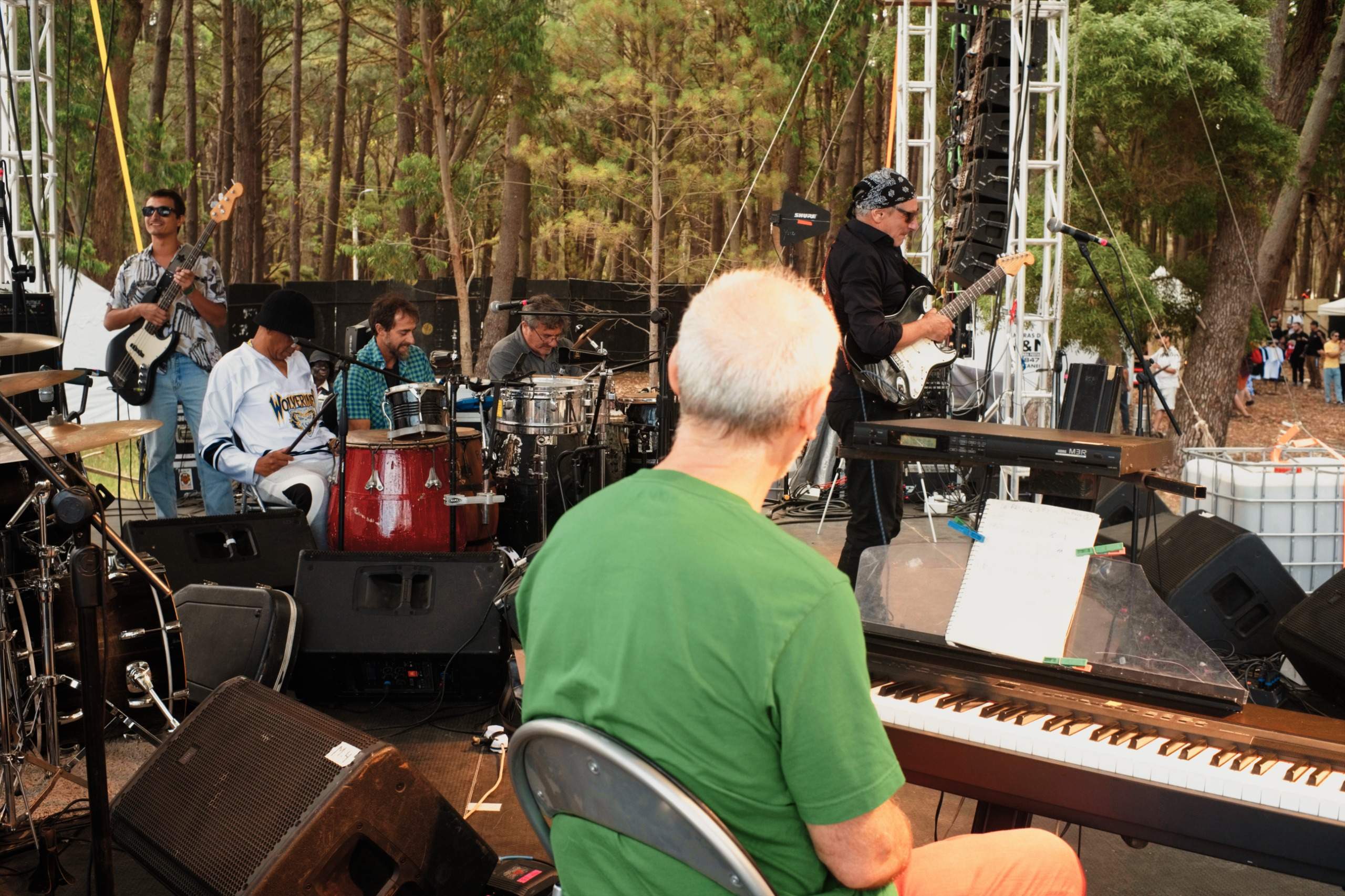
What followed for the band when the album was out?
After the album was finished, we participated with five songs in an instrumental music contest in 1995. There were more than 250 bands participating, and we won first prize after two rounds, earning $1500. This allowed us to pay off what we owed to the studio since it was all self-managed. Following that first prize, we performed with the Philharmonic Orchestra of Montevideo in eight shows, including four at the Teatro Solis, which were all sold out. We also had a massive show at Matriz Square in Montevideo and another at the Blanes Museum.
After this, we went on a tour in Austria, giving around 25 shows. On June 29, 1996, we played with Tania Maria at the Neuchâtel Jazz Festival, closing the tour in a marvelous way.
Currently, I play with members of the current formation of LadyJones and participate in playing percussion in Varelman. During the summer, I play on the beach with my son Ignacio Soto (bass) and different drummers as a trio, along with various tambor players from the area. We perform along the Rocha coast, in Barra de Valizas, Punta del Diablo, Cabo Polonio, and other locations.
Thank you for the interview.
Klemen Breznikar
